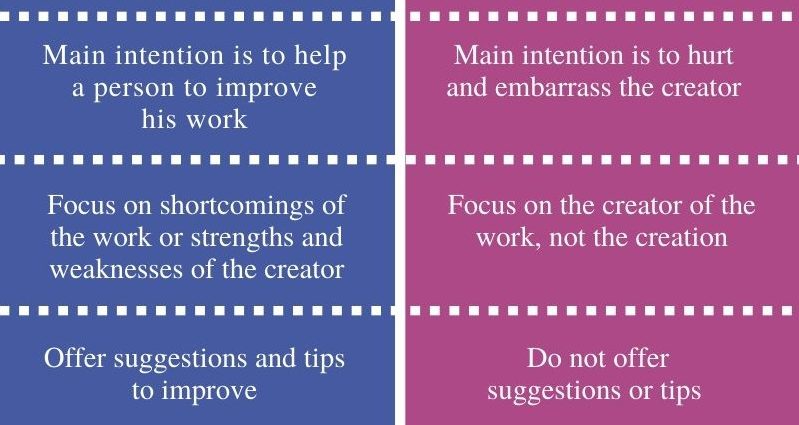It’s time to admit that we are all aggressive. Often this is not our fault at all — a deal fell through, a phone was stolen, personal boundaries were trampled … And here it is, an explosion. But is it always bad? The expert tells about the nature of aggression and how it can be useful to us.
Every morning we jump out of bed, risking stepping on a mine. No, I’m not talking about pet antics. Mina is aggression, after the explosion of which you collect yourself piece by piece all day.
We ourselves can be a mine when we “undermine” on our own irritation, dissatisfaction and sorrows. It can be the discontent and pain of our loved one. And you can step on it anywhere and with anyone, intentionally or completely by accident. In my own bath, on my way to the office, talking to my mom…
Where does a person have so many «explosives» in the form of aggression? And can you learn how to control your detonator?
The nature of aggression
Aggression is found in nature at every turn, because without it both offensive and defense are impossible. To declare one’s desires, to demand a refund from those who owe money, to say «no», to defend one’s position in the conflict… Aggression is necessary for this and many other things. Without it, mankind would not have achieved the success that it has now.
In examining and studying aggression, one cannot ignore either Darwin’s discoveries that we are of the same tribe with animals, nor Freud’s words that we are guided by the same instincts that ruled our ancient ancestors.
Also important is the artist Marina Abramovic’s experiment «Rhythm 0», which is still considered one of the most violent performances in the history of art. The artist stood still for 6 hours, and those who witnessed the performance could do whatever they wanted with her and her body, using any of the 72 objects placed nearby. In addition to harmless feathers and flowers, they could use blades and even a loaded pistol. And visitors quite quickly began to turn to those objects with which they could hurt the artist … The performance was stopped by security when one of the visitors nevertheless picked up a gun.
Abramovich’s experiment showed the world that people can be aggressive for no reason. Complete impunity awakens in a person an unreasonable desire to harm, to hurt, to do something destructive, something that cannot be done in ordinary life.
Constructive aggression
To effectively manage your own «detonator», you need to be able to distinguish between constructive and destructive aggression. And the most important difference between one and the other is that constructive aggression serves us for the good and is aimed at creation.
Healthy aggression helps not only to survive, but also to get satisfaction from life. The person who is “on you” with her will be proactive, open, sociable, creative, sexy. He will easily overcome difficulties, be able to remain calm in conflict, will single out his own interests and fearlessly defend them in constructive interaction with others.
At what point does benign aggression turn into malignant, activity become pressure, interest turns into persecution, creativity into madness, and self-expression into violence?
Destructive aggression
Explicit destructive aggression is easy to define — it is accompanied by a violation of generally accepted rules of behavior or even the law. When a person is attacked on the street, when he is robbed, beaten, it is she. But this is how physical aggression manifests itself. Much worse when it is psychological.
Psychological aggression seems innocent and almost imperceptible — not every psychologist can recognize this type. In this case, the aggressor explicitly or covertly makes us understand that our vision of reality is wrong, that our feelings are failing us. As a result, we begin to doubt ourselves and our own adequacy.
Here are just a few phrases by which psychological aggression can be identified:
- “Think, unsuccessfully joked! You yourself are to blame for feeling humiliated”;
- «Nothing bad happened. I just kept silent, because I did not consider it necessary to waste words”;
- «Did you promise to come? Well, are you small? Promise does not mean marriage.
Psychological aggression is disguised as a bad joke, a bad memory, the consequences of a difficult childhood and a difficult character. But in fact, this is the highest degree of hypocrisy, and it manifests itself in different ways:
- Through provocation: a person will be offended and shut up so that the other experiences a burning feeling of guilt;
- Through depreciation: the other person splurges, downplays the size of your problem, laughs at it or does not pay attention to it;
- Through binding: «For your own good…»
- Through the distortion of information: «You didn’t think it was…»
- Through accusations: «You yourself wanted this…»
- Through threats: «Do you want everyone to know about this?»
- Through unsolicited criticism: «How can you be so inconsiderate and stupid?»
Such torture does not leave visible marks in the form of bruises, bruises or broken ribs, but they cause no less pain than physical injuries. And those wounds can take much longer to heal than the aftermath of a beating.
Destructive aggression is like turning left: it leads to rivalry, manipulation, hostility, control and denial of the partner’s value.
Constructive — the right side: it calls for partnership, equality, trust and recognition of the partner’s value.










